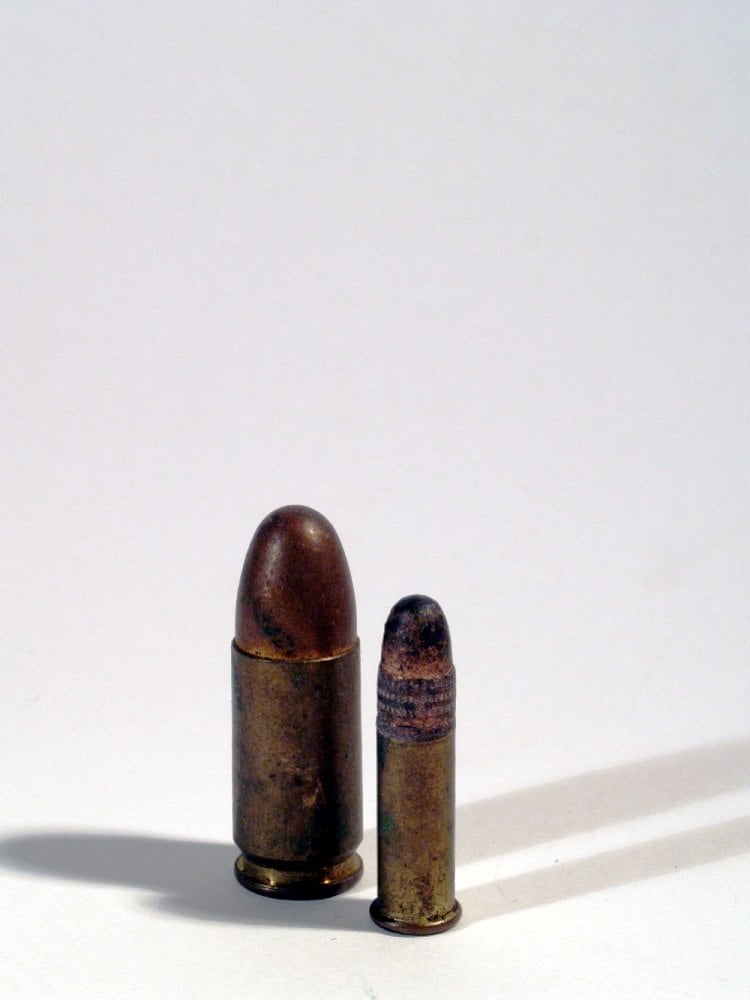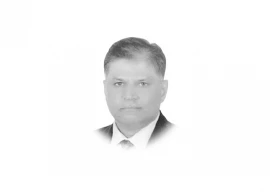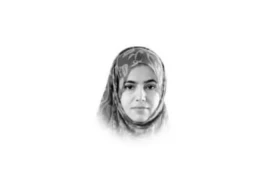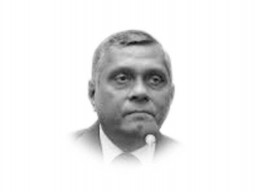
Ghulam Mustafa slowly moves his hand around his bald head and stops at a swollen gray mark on the left. That’s where a bullet rests safely, courtesy a man’s firing in jubilance on chand raat. The scar is where the lead bullet got in and shall remain there for life.
“Sometimes I think if the person knows what his firing did to me,” said the lean-framed man, holding back tears as he stiffly sat back in his drawing room. “I can’t use my hand properly to eat. I can’t walk evenly. I can’t write. I can have fits any moment. I just feel useless.”

Mustafa, 55, lives with a bullet in his head every moment, which pierced him and paralysed his right side. His right hand rests numb and cold and he walks with the support of a stick.
Three years ago in August 2011, Mustafa roamed in his congested and narrow lane in Anarkali Bazaar, FB Area, to buy vegetables and fruits. That is when the area reverberated with celebratory firing.
Outside a small bakery, as Mustafa was chewing paan, he felt something hard hitting his head. “I could not move…. A vendor helped me to lie down on his push cart.”

Saleem, his brother, rushed to and saw his brother motionless, but no bleeding was visible. It was doctors at the hospital who broke the news. A bullet had hit him, lodged in a place where it was touching the edge of the brain, and could never be taken out.
Having worked for 30 years at Pakistan Steel Mills, life changed forever for Mustafa within seconds. He now remains mostly confined to his bed.
Physiotherapy has slightly restored his movements, as he can slowly walk using a stick. “I do struggle and go to my workplace every day. But I can’t really work so I just end up looking at others and chatting.”

Another aerial firing survivor, Askari Hasan has a 9mm bullet, safely stacked in a plastic bottle. This is the bullet which got into his head when excited young men fired gunshots into the air near Shahid Afridi’s house after Pakistan clinched the 20/20 world cup in 2009.
For the six months that the bullet remained inside his head, Hasan, who was a student at that time, had severe headaches, and swelling on his left side. A surgery saved him and pulled out the bullet, letting him live a normal life. “People who fire don’t realise that their celebratory firing can actually result in grief for others. I have kept the bullet as a reminder for myself and to discourage those who use guns.”
With a majority of aerial firing incidents resulting in head injuries, senior police officer Amir Farooqi said that bullets fired at 45 degrees angle into the air have a lesser chance of damage. “Aerial firing does not remain aerial all the time as the bullets can strike others by bouncing back from walls and floors.”
Other than deaths commonly happening due to such firing, a survivor can suffer from paralysis attack or epilepsy, says a neurosurgeon of the JPMC, Professor A Sattar M Hashim.
According to the Human Rights Commission of Pakistan, around 81 men, women, and children were killed by stray bullets in 2013 in Karachi, the city that takes the lead in aerial firing under different pretexts.
Where it all began
An old tradition of Pathans to fire into the air on joyous occasions penetrated Karachi in the 1960s, says a senior journalist. “I remember that when Gohar Ayub won the elections beating Fatima Jinnah, rallies were taken out throughout the city as men fired in the air,” he says.
Over the years, the trend of aerial firing on chand raats, New Year’s Eve, Independence Day and now Shab-e-Baarat has gotten stronger. Today, political activists and criminals also indulge in aerial firing to cause panic in localities, force shopkeepers to pull down their shutters and scare residents to stay indoors.
Unlawful celebration
Cases of aerial firing can be registered under section 337 (H) (II) of the Pakistan Penal Code for a negligent act of endangering lives, but with only three months imprisonment, and an undefined fine. In severe conditions, cases can also be lodged under the Anti Terrorism Act, said Farooqi.
Published in The Express Tribune, January 19th, 2014.
COMMENTS (4)
Comments are moderated and generally will be posted if they are on-topic and not abusive.
For more information, please see our Comments FAQ

1737490713-0/Elon-(3)1737490713-0-165x106.webp)










1737452260-0/Gaddafi-stadium-(2)1737452260-0-270x192.webp)










@Queen: Fight crime, shoot back.
@Ashkenazi: not just karachi every major city should have a firing range where people upon checking of arm license can use their firearm, there are gun lovers in this country who want to use them for recreational purposes
I wish a day will come when we will realize the damage guns do to the society....
Karachi needs a firing range where people who own guns can safely fire it to keep it in running condition. Maybe some enterprising retired army personnel can start the firing range business in outskirts of city and people are discouraged to fire in celebration.